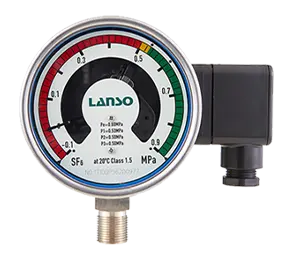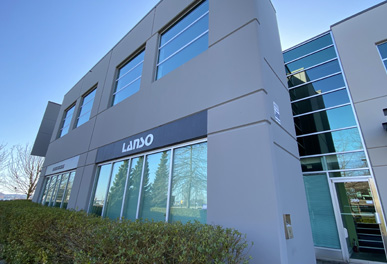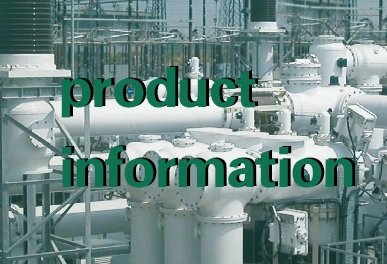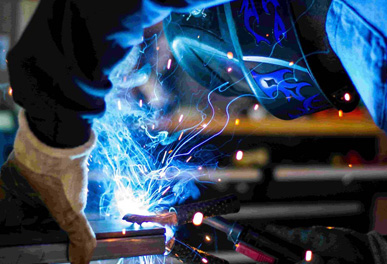The SF6 density relay on-site verification instrument, also known as the SF6 relay verifier, is used for the on-site calibration of the single alarm, single interlock, single alarm and interlock, and single alarm and double interlock value of the sulfur hexafluoride density relay. This product uses a high-performance 16-bit single-chip microcomputer for detection and control, and high-quality pressure sensors, which have the advantages of low gas consumption and fast detection speed.
Due to restrictions on gas transportation, the customer receives an empty cylinder, and before use, the cylinder must be filled with gas. The recommended inflation pressure is greater than 0.40 MPa, and the gas type is not limited, but we recommend using nitrogen for testing.
SF6 relay hose connection
Connect the fully charged gas cylinder to the intake port of the density relay using a dedicated aviation connector, and connect the outlet port to the measurement interface of the on-site SF6 density relay. Note that the accessory box of this SF6 monitor product contains a special adapter head that meets more than 90% of the joint conversion on the market. Before connecting, manually close the valve connected to the gas chamber. Otherwise, the gas in the chamber will leak. The exhaust port is used to discharge the tested gas. If the sulfur hexafluoride gas after use is used for testing, the exhaust pipe should be far away from the operator and placed in a ventilated place to avoid gas poisoning. Finally, the signal line is connected, which should correspond to the signal interface of the SF6 relay, such as alarm signal, interlock signal, etc. After the connection is completed, the test can be prepared.
SF6 relay starts testing
After completing the above steps, turn on the power switch of the tester, select settings on the main interface, set the value of sf6 gas pressure, set the test items, and if you are unsure how to set the parameters, you can refer to the instruction manual for detailed instructions or select "start measuring" for all default options. At this time, the pressure gauge on the panel slowly rises, and the pressure gauge of the on-site SF6 relay also rises synchronously. When the maximum test pressure is reached, the pressure returns and the test result is displayed. The test is completed.
Precautions for using SF6 relay
If the pressure gauge on the panel of the SF6 relay changes but the on-site sulfur hexafluoride density relay does not change, the top pin of the density relay did not push the valve open, and the length of the top pin needs to be adjusted manually.
If the intake port of the SF6 density relay is directly connected to a nitrogen cylinder, a pressure reducing valve must be added at the front end, and the flow rate must be controlled at 0.6 ml/m, otherwise the test results will be inaccurate.







